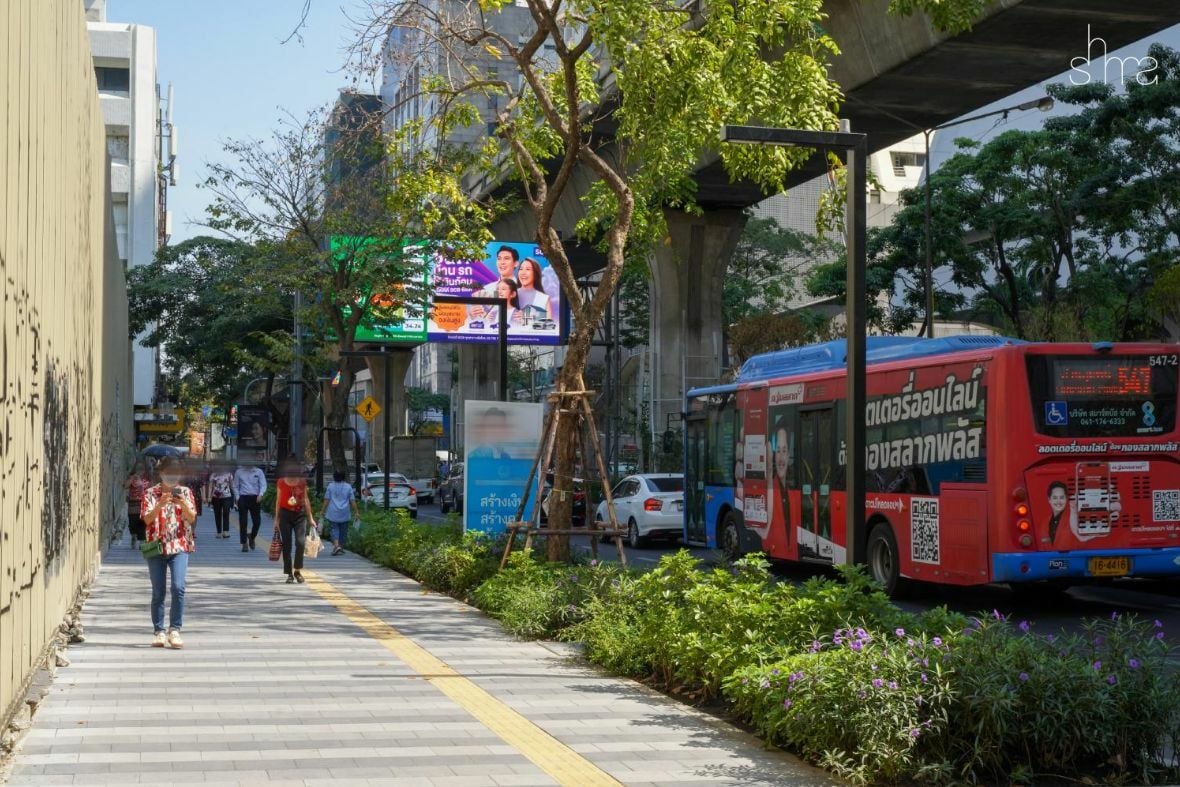Accessible tourism potential for Thailand’s post-pandemic resilience

The World Tourism Organization emphasizes the importance of accessible tourism as the industry aims to recover post-pandemic. An estimated 10% of the global population is aged over 65, while approximately 16% have some form of disability. As Thailand’s economy increasingly relies on tourism, developments in accessible infrastructure are being implemented in both public and private sectors.
Despite existing accessibility laws and the national development plan, operators and tourists believe more can be done to ensure the quality of life for disabled people. The lack of infrastructure in public places is a significant issue, hindering individuals from fully experiencing their travels.
Regarding transport, although Bangkok provides some accessible public buses and facilities, these services are scarce in other tourist cities such as Chiang Mai, Phuket, and Pattaya. In many instances, support devices are poorly constructed, including steep ramps and guiding blocks leading to obstacles.
Disabled travelers are known for their high travel expenditures; a 2015 study on accessible tourism in Europe revealed that this group spent 1.16 times more than the average tourist. Assistant Professor Jittasak Putjorn from Silpakorn University is conducting research into Thailand as a “Tourism For All” destination. By 2025, Jittasak estimates disabled tourists from Europe to contribute €88.6 billion, while those traveling with friends and family could generate over €266 billion.
Landscape architects play a crucial role in designing spaces and facilities for visitors of all ages and needs. Since changes to building laws mandate minimum requirements for accessibility, Namchai Saensupha, president of the Thai Association of Landscape Architects, has noticed a growing demand from private and public developers to incorporate inclusive features in their projects, such as universal design.
The Designated Areas for Sustainable Tourism Administration (Dasta) also includes universal design requirements in its tourism development plan. Dasta Area 3 Pattaya and Connecting Area have two community tourism sites that include accessible ramps and toilets, with plans for further expansion in other destinations reports Bangkok Post.
Although public awareness of accessible infrastructure is vital, several factors inhibit the improvement of facilities. Low governmental budgets, restrictive outsourcing conditions, and inadequate resources prevent professional designers from working on such projects. Additionally, there is a lack of a core platform to link buyers and tourists in accessible tourism.
To facilitate these connections, Jittasak suggests the tourism minister should act as a project host, partnering with the Tourism Authority of Thailand and the Social Development and Human Security Ministry. Additionally, disabled users should have opportunities to test policies before marketing at global trade events.
Phattharabhandhu Krissana, vice-president of the Association of the Physically Handicapped of Thailand and executive committee member of Disabilities Thailand, calls for the government to establish a digital platform to provide comprehensive tourism information for disabled travelers. Furthermore, a committee comprising representatives from both the public and private sectors should initiate action plans for infrastructure development, focusing on neighborhoods to create pilot zoning areas suitable for disabled tourists.
Latest Thailand News
Follow The Thaiger on Google News:


























